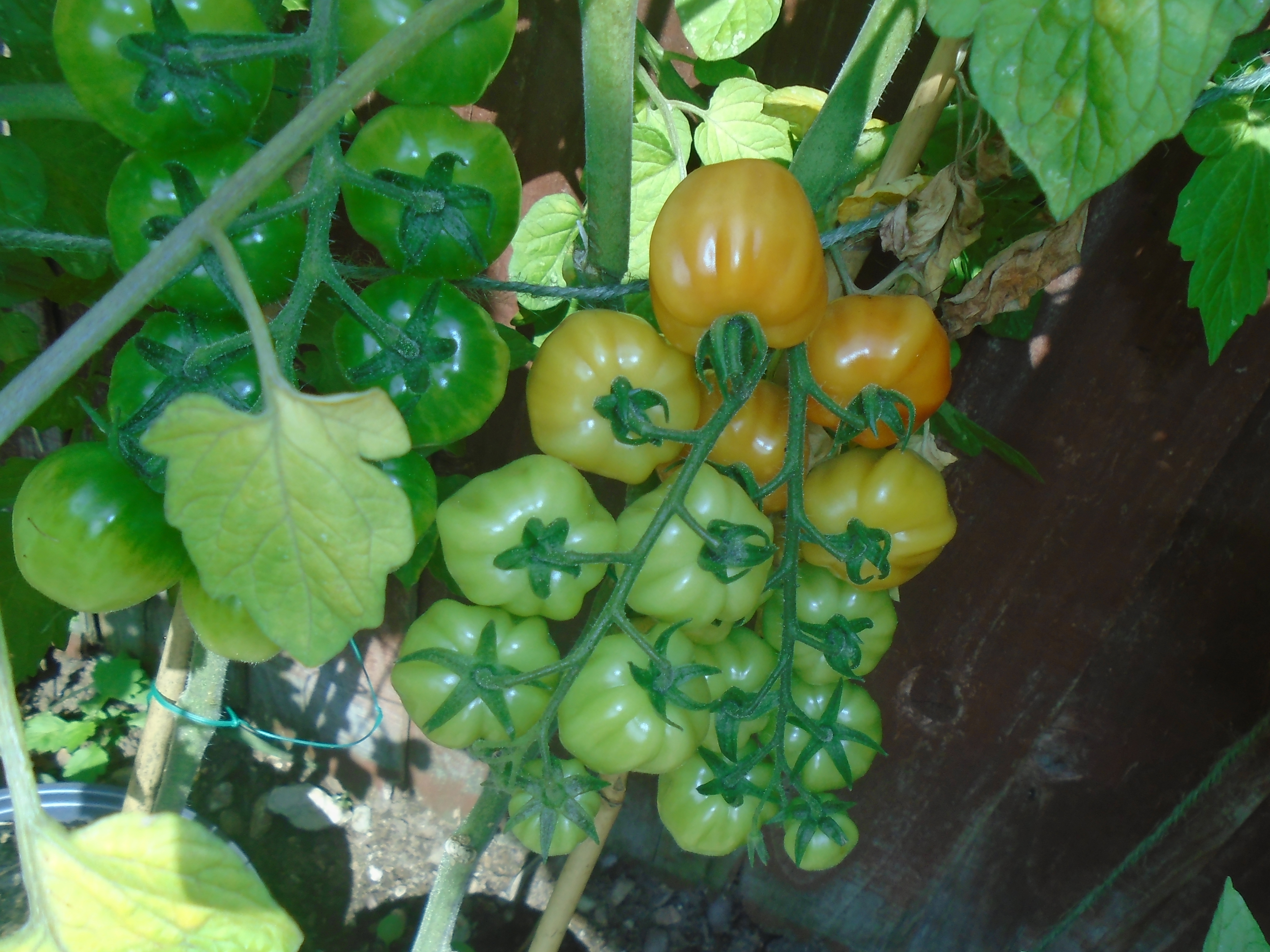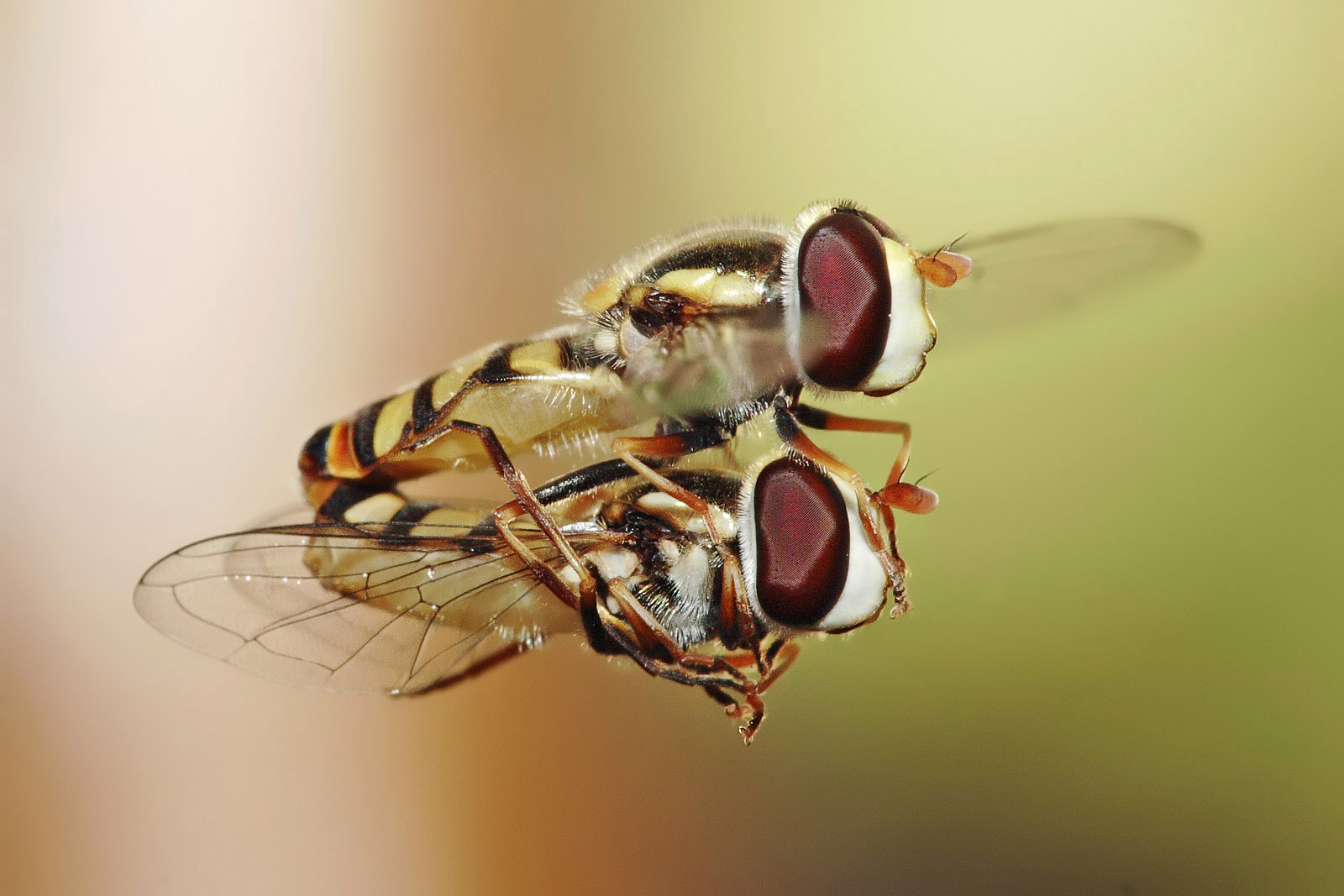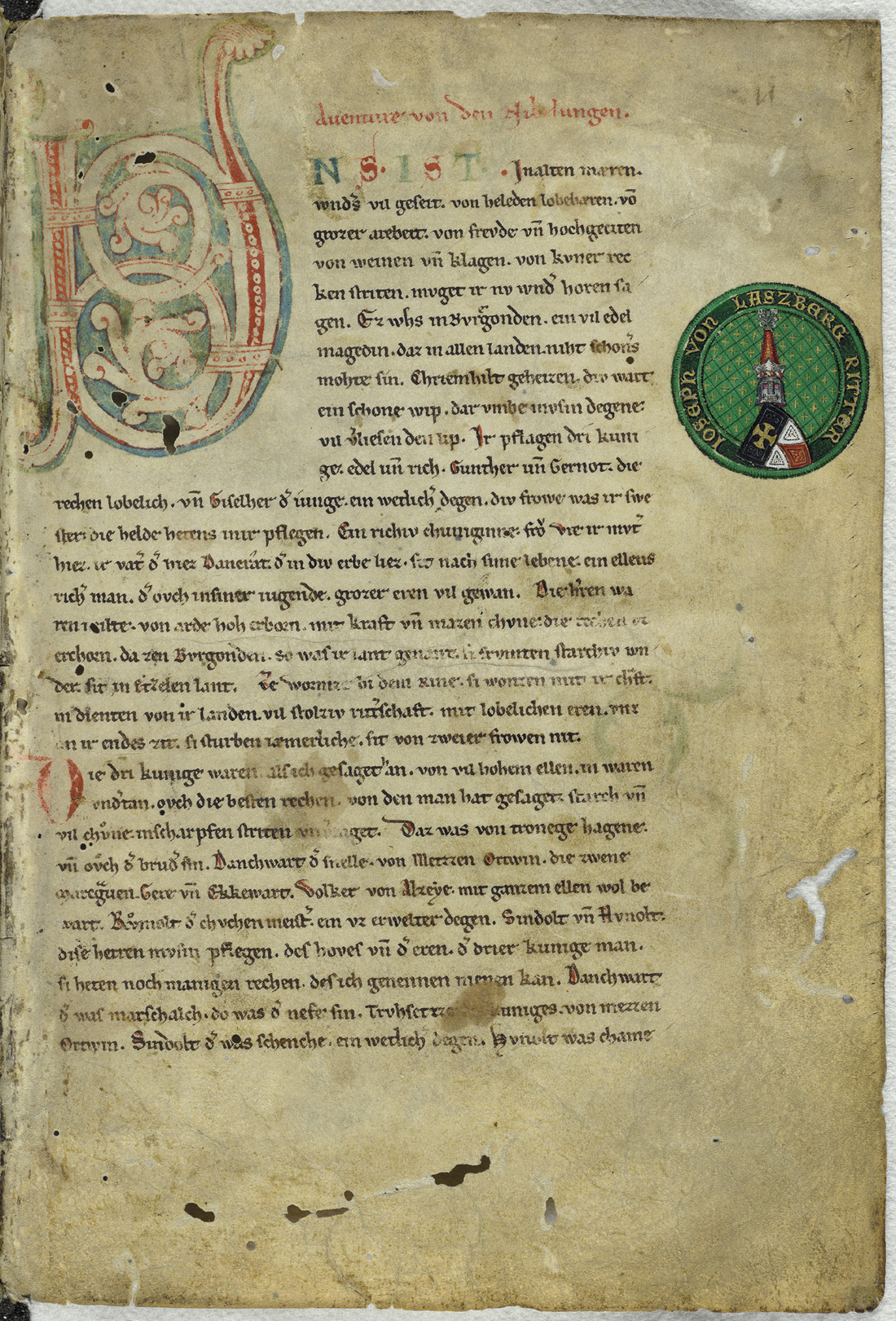|
Mount Shungol
Mount Shungol (also known as Mount Chungol) is an ultra-prominent summit (ranked number 31) to the west of Lae, in Morobe Province, Papua New Guinea. It is in the Herzog Mountain Range and has an elevation of . The Buang people claim ownership to the top of Mount Shungol. Locale Dambi Peak is located to the South West, Snake River along the South East base, Aria and Tuoima Creeks to the North West and Wampit River to the West. Omalia and Bupa Missions are West of Mount Shungol while Wago Mission is to the East. Endemic fauna Albericus frog A new species of '' Albericus'' from Mt. Shungol has been discovered and inhabits lowland hill forest from the slopes of Mt. Shungol. ''Albericus'' is a genus of microhylid frogs endemic to New Guinea. These are small frogs with maximum body length around 27 mm. The genus name ''Albericus'' is the Latin form of Alberich, shape-shifting dwarf in the epic poem '' Nibelungenlied''. Cophixalus frog The ''Cophixalus albolineatus ... [...More Info...] [...Related Items...] OR: [Wikipedia] [Google] [Baidu] |
Ultra Prominent Peak
An ultra-prominent peak, or Ultra for short, is a mountain summit with a topographic prominence of or more; it is also called a P1500. The prominence of a peak is the minimum height of climb to the summit on any route from a higher peak, or from sea level if there is no higher peak. There are approximately 1,524 such peaks on Earth. Some well-known peaks, such as the Matterhorn and Eiger, are not Ultras because they are connected to higher mountains by high cols and therefore do not achieve enough topographic prominence. The term "Ultra" originated with earth scientist Steve Fry, from his studies of the prominence of peaks in Washington in the 1980s. His original term was "ultra major mountain", referring to peaks with at least of prominence. Distribution Currently, 1,518 Ultras have been identified above sea level: 639 in Asia, 356 in North America, 209 in South America, 120 in Europe (including 12 in the Caucasus), 84 in Africa, 69 in Oceania, and 41 in Antarctica. ... [...More Info...] [...Related Items...] OR: [Wikipedia] [Google] [Baidu] |
Citrogramma
''Citrogramma'' is a genus of hoverfly. Species *'' C. amarilla'' Mengual, 2012 *'' C. arisanicum'' (Shiraki, 1930) *'' C. asombrosum'' Mengual, 2012 *'' C. australe'' Thompson, 2012 *'' C. bicornutum'' Vockeroth, 1969 *'' C. chola'' Ghorpadé, 1994 *'' C. circumdatum'' ( Meijere, 1908) *'' C. citrinoides'' Wyatt, 1991 *'' C. citrinum'' Brunetti, 1923 *'' C. clarus'' (Hervé-Bazin, 1923) *'' C. currani'' Ghorpadé, 2012 *''C. difficile'' (Curran, 1928) *'' C. distinctum'' Thompson, 2012 *''Citrogramma fascipleura, C. fascipleura'' (Curran, 1931) *''Citrogramma flavigenum, C. flavigenum'' Wyatt, 1991 *''Citrogramma frederici, C. frederici'' Mengual & Ghorpadé, 2012 *''Citrogramma fumipenne, C. fumipenne'' (Shonen Matsumura, Matsumura, 1916) *''Citrogramma gedehanum, C. gedehanum'' ( Meijere, 1914) *''Citrogramma henryi, C. henryi'' Ghorpadé, 1994 *''Citrogramma hervebazini, C. hervebazini'' (Curran, 1928) *''Citrogramma luteifrons, C. luteifrons'' ( Meijere, 1908) *''Citrogramma ... [...More Info...] [...Related Items...] OR: [Wikipedia] [Google] [Baidu] |
3 Mile, Lae
3 Mile is a suburb of Lae in the Morobe Province, Papua New Guinea. Geography 3 Mile is located from the center of Lae on the Highlands Highway between the foothills of the Atzera Range and the Markham River. The Atzera Range starts at Bugandi and runs adjacent to the Markham River has an elevation of 280 meters above sea level. Anticlines in the vicinity of Lae, such as the Atzera Range and hills near Situm, appear to indicate that the Ramu-Markham Fault (which follows the northern edge of the Markham Valley) changes dip close to the surface from a steep ramp to a shallow fault, breaching the surface south of Lae. Before the construction of the Highlands Highway, a road in the Atzera foothills connected Nadzab with Lae and a rough trail on the other side of the Atzeras paralleled this road from Lae to Yalu. Jensen's plantation was located in the Markham Valley and the location of battles between Japanese and Australian soldiers. On 10 September the 25th Australian Inf ... [...More Info...] [...Related Items...] OR: [Wikipedia] [Google] [Baidu] |
Endemism
Endemism is the state of a species being found in a single defined geographic location, such as an island, state, nation, country or other defined zone; organisms that are indigenous to a place are not endemic to it if they are also found elsewhere. For example, the Cape sugarbird is found exclusively in southwestern South Africa and is therefore said to be ''endemic'' to that particular part of the world. An endemic species can be also be referred to as an ''endemism'' or in scientific literature as an ''endemite''. For example ''Cytisus aeolicus'' is an endemite of the Italian flora. ''Adzharia renschi'' was once believed to be an endemite of the Caucasus, but it was later discovered to be a non-indigenous species from South America belonging to a different genus. The extreme opposite of an endemic species is one with a cosmopolitan distribution, having a global or widespread range. A rare alternative term for a species that is endemic is "precinctive", which applies t ... [...More Info...] [...Related Items...] OR: [Wikipedia] [Google] [Baidu] |
Bulolo
Bulolo is a town in Wau-Bulolo Urban LLG, Morobe Province, Papua New Guinea. It was once an important gold dredging centre in the former Territory of New Guinea, , MRA situated on the Bulolo River, a tributary of the Markham River, about north-west of Wau. The town is served by . Built in June 1930, the Bulolo strip was originally 1,150 yards by 120 yards. In 2010 it had an estimated p ... [...More Info...] [...Related Items...] OR: [Wikipedia] [Google] [Baidu] |
Wau, Papua New Guinea
Wau is a town in Papua New Guinea, in the province of Morobe. It has a population of approx 5,000 and is situated at an altitude of around 1100 metres. Wau was the site of a gold rush during the 1920s and 30s when prospective gold diggers arrived at the coast at Salamaua and struggled inland along the Black Cat Track. At the Battle of Wau in January 1943, the Australian Army stopped an advance by the Japanese. A road was established soon after World War II to Lae and this fostered the further development of local timber and agricultural industries that were originally established in support of the mining industry. While much of the mineral reserves have been extracted, industrial gold mining continues at Edie Creek and at the newly established Hidden Valley Gold Mine operated by Morobe Goldfields (a subsidiary of Harmony Gold - South Africa). The Wau Ecology Institute is a biological research station situated near Wau. Gold mining history Gold rush The first strike at Wa ... [...More Info...] [...Related Items...] OR: [Wikipedia] [Google] [Baidu] |
Brown Sicklebill
The brown sicklebill (''Epimachus meyeri'') is a species of bird-of-paradise that is found in the mountain forests of New Guinea. Its appearance resembles the closely related and larger black sicklebill. In areas where these two large sicklebills met, the brown sicklebill replaced the latter species in higher altitudes. Its diet consists mainly of fruits, arthropods and small animals. The male has a staccato, burst-like call which resembles a burst of automatic gunfire. The brown sicklebill is evaluated as Least Concern on the IUCN Red List of Threatened Species. It is listed on Appendix II of CITES. Taxonomy A female specimen of the brown sicklebill was collected in New Guinea by the German collector Carl Hunstein in 1884. This specimen was formally described in 1886 by the German naturalists Otto Finsch and Adolf Bernhard Meyer under the current binomial name ''Epimachus meyeri''. The genus name is from the Ancient Greek επιμαχος (''epimakhos'') meaning "equi ... [...More Info...] [...Related Items...] OR: [Wikipedia] [Google] [Baidu] |
Solanum
''Solanum'' is a large and diverse genus of flowering plants, which include three food crops of high economic importance: the potato, the tomato and the eggplant (aubergine, brinjal). It is the largest genus in the nightshade family Solanaceae, comprising around 1,500 species. It also contains the so-called horse nettles (unrelated to the genus of true nettles, '' Urtica''), as well as numerous plants cultivated for their ornamental flowers and fruit. ''Solanum'' species show a wide range of growth habits, such as annuals and perennials, vines, subshrubs, shrubs, and small trees. Many formerly independent genera like '' Lycopersicon'' (the tomatoes) and '' Cyphomandra'' are now included in ''Solanum'' as subgenera or sections. Thus, the genus today contains roughly 1,500–2,000 species. Name The generic name was first used by Pliny the Elder (AD 23–79) for a plant also known as , most likely ''S. nigrum''. Its derivation is uncertain, possibly stemming from the Latin w ... [...More Info...] [...Related Items...] OR: [Wikipedia] [Google] [Baidu] |
Hoverfly
Hover flies, also called flower flies or syrphid flies, make up the insect family Syrphidae. As their common name suggests, they are often seen hovering or nectaring at flowers; the adults of many species feed mainly on nectar and pollen, while the larvae (maggots) eat a wide range of foods. In some species, the larvae are saprotrophs, eating decaying plant and animal matter in the soil or in ponds and streams. In other species, the larvae are insectivores and prey on aphids, thrips, and other plant-sucking insects. Insects such as aphids are considered a crop pest, and therefore the aphid-eating larvae of some hover flies serve as an economically (as well as ecologically) important predator and even potential agents for use in biological control, while the adults may be pollinators. About 6,000 species in 200 genera have been described. Hover flies are common throughout the world and can be found on all continents except Antarctica. Hover flies are harmless to most mammals, th ... [...More Info...] [...Related Items...] OR: [Wikipedia] [Google] [Baidu] |
Nibelungenlied
The ( gmh, Der Nibelunge liet or ), translated as ''The Song of the Nibelungs'', is an epic poem written around 1200 in Middle High German. Its anonymous poet was likely from the region of Passau. The is based on an oral tradition of Germanic heroic legend that has some of its origin in historic events and individuals of the 5th and 6th centuries and that spread throughout almost all of Germanic-speaking Europe. Scandinavian parallels to the German poem are found especially in the heroic lays of the '' Poetic Edda'' and in the ''Völsunga saga''. The poem is split into two parts. In the first part, the prince Siegfried comes to Worms to acquire the hand of the Burgundian princess Kriemhild from her brother King Gunther. Gunther agrees to let Siegfried marry Kriemhild if Siegfried helps Gunther acquire the warrior-queen Brünhild as his wife. Siegfried does this and marries Kriemhild; however, Brünhild and Kriemhild become rivals, leading eventually to Siegfried's murd ... [...More Info...] [...Related Items...] OR: [Wikipedia] [Google] [Baidu] |
.jpg)
.jpg)


